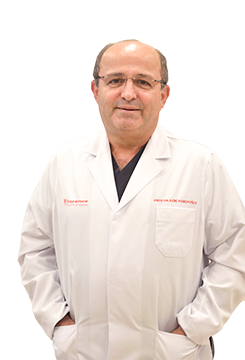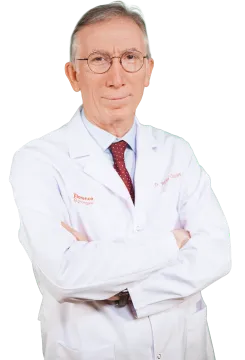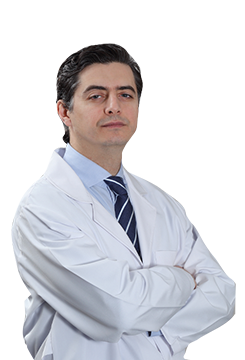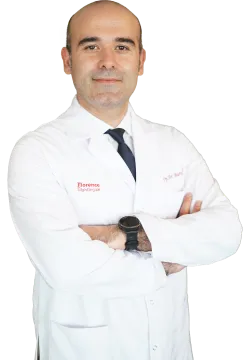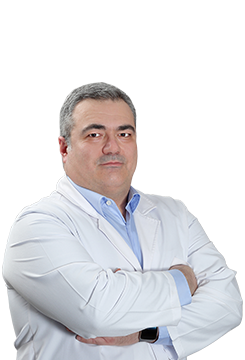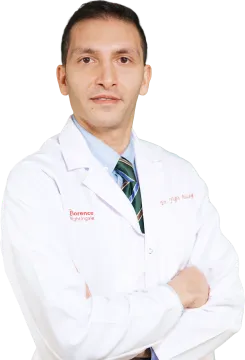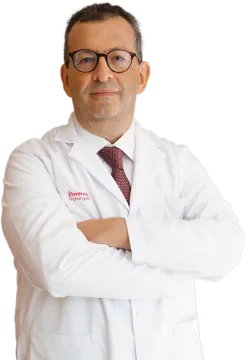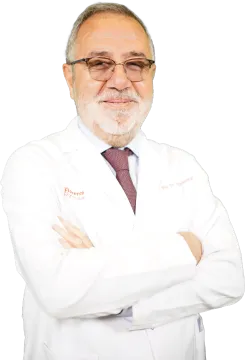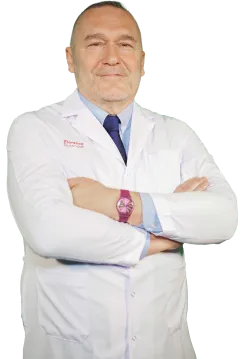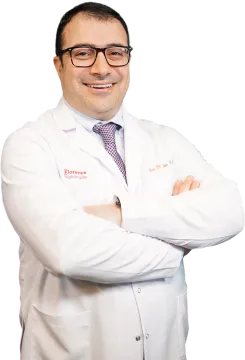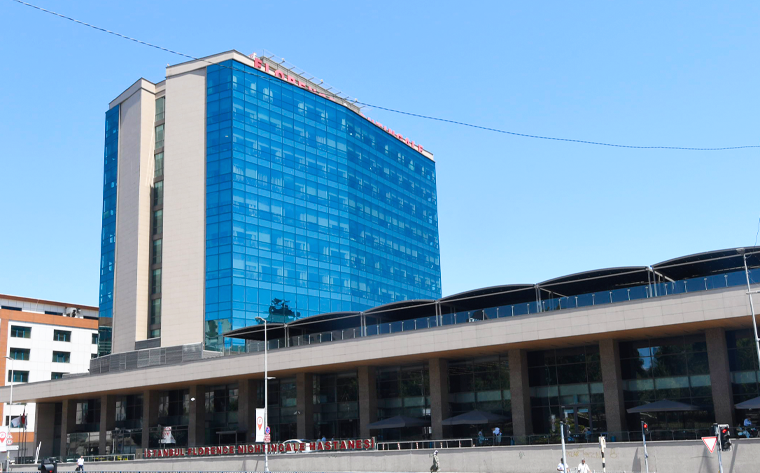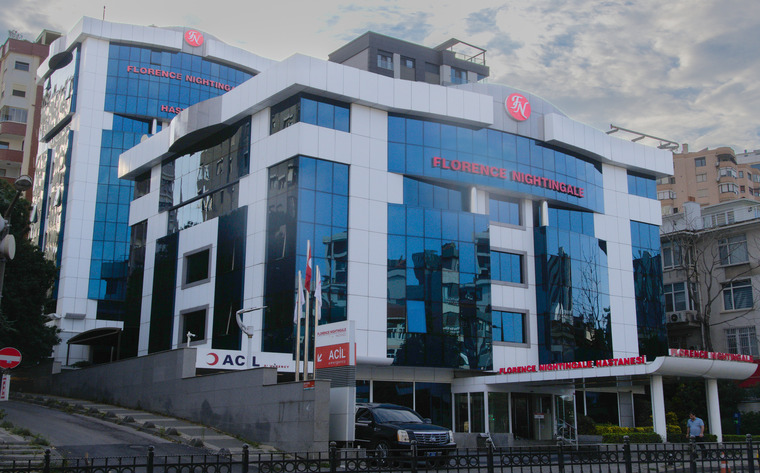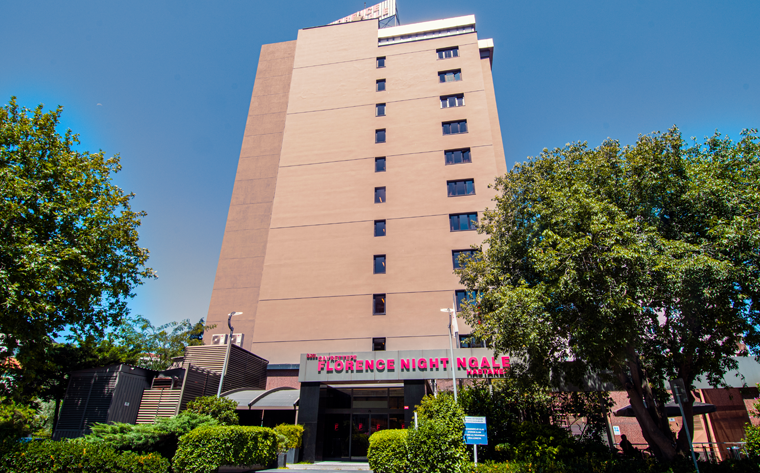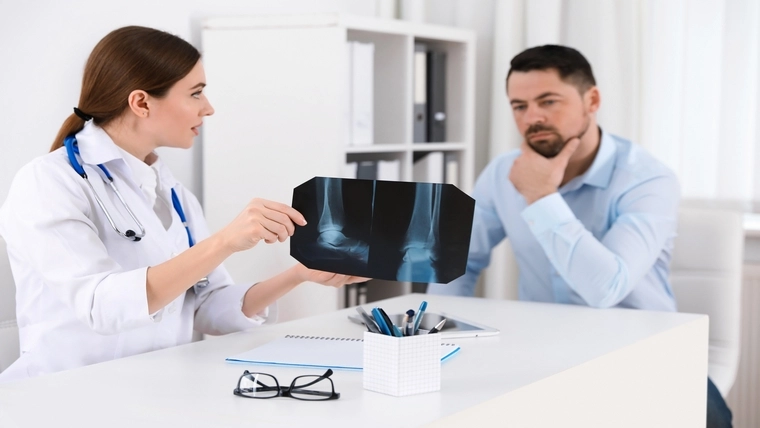
What is the Department of Orthopedics and Traumatology and What Diseases Does It Cover?
The department of orthopedics and traumatology is a medical discipline that covers the diagnosis, treatment and surgical intervention of diseases of the musculoskeletal system. This department deals with diseases and injuries of bones, joints, muscles, tendons and ligaments. Orthopedics and traumatology specialists treat a wide range of diseases such as congenital anomalies, sports injuries, fractures, joint diseases and degenerative diseases.
About the Department of Orthopedics and Traumatology
Orthopedics and traumatology is a branch of medicine that specializes in the diagnosis and treatment of all kinds of problems and diseases related to the musculoskeletal system. Orthopedics and traumatology specialists provide services to their patients with surgical and non-surgical methods. In this section, conditions such as fractures, dislocations, soft tissue injuries, spinal diseases and joint problems are addressed.
Who is an Orthopedics and Traumatology Specialist and What Are Their Duties?
An orthopedic and traumatologist is a doctor who specializes in the diagnosis and treatment of musculoskeletal disorders. Their duties include listening to patients' complaints, performing the necessary tests, making a diagnosis, and determining appropriate treatment methods. An orthopedic and traumatologist applies various treatment methods, including surgical interventions, and monitors the recovery process of patients.
What Diseases Are Covered by Orthopedics and Traumatology?
The department of orthopedics and traumatology covers a wide range of diseases and disorders related to the musculoskeletal system. These diseases and conditions range from congenital skeletal disorders to post-traumatic injuries. Here are the main diseases and conditions covered by orthopedics and traumatology:
Fractures and Dislocations- Fractures: This is the disruption of the integrity of the bones and may occur as a result of trauma, falling or impact.
- Dislocations: This is when the bones in a joint move out of their normal positions and usually cause severe pain and deformity.
- Tendon Ruptures: Tendons rupture as a result of excessive strain or sudden trauma. It is especially common in athletes.
- Muscle Tears: It is the tearing of muscle tissue due to excessive strain or sudden movements.
- Arthritis: It is joint inflammation and has types such as osteoarthritis (calcification) and rheumatoid arthritis.
- Bursitis: Inflammation of the bursae around the joints.
- Disc Herniation (Herniated Disc): This is when the discs between the vertebrae slip and put pressure on the nerve roots.
- Scoliosis: Sideways curvature of the spine.
- Spondylosis: These are degenerative diseases of the spine and usually develop with age.
- Congenital Hip Dislocation: This is a condition seen in newborns where the hip joint does not develop properly.
- Clubfoot: A condition in which the feet are born turned inward.
- Meniscus Injuries: Tears of the menisci in the knee joint.
- Cruciate Ligament Injuries: Rupture of the anterior or posterior cruciate ligaments in the knee.
- Osteoporosis: Decreased bone density and increased fragility.
- Osteoarthritis: It causes joint pain and limited movement as a result of the wear of joint cartilage.
- Osteomyelitis: It is a bone infection.
- Bone Tumors: Bone tumors can be benign or malignant.
- Carpal Tunnel Syndrome: Nerve compression in the wrist.
- Dupuytren's Contracture: A condition that causes thickening of the tissues in the palm and bending of the fingers.
Orthopedics and traumatology specialists play an important role in the diagnosis, treatment and management of the diseases mentioned above. Appropriate treatment methods are determined for each disease and condition, and various surgical and non-surgical treatment options are offered to improve the quality of life of patients.
What are Orthopedics and Traumatology Examinations?
Orthopedic and traumatology examinations include physical examination, imaging methods (x-ray, MRI, CT), laboratory tests and other diagnostic tools regarding the patient's complaints. During the examination, the patient's medical history is also evaluated in detail and, if necessary, further examinations are requested.
What Methods Are Used in Orthopedics and Traumatology Treatments?
In orthopedics and traumatology treatments, many surgical and non-surgical methods are used. Non-surgical treatments include physical therapy, drug therapy, injections, and splint or cast applications. Surgical treatments include procedures such as fracture fixation, prosthesis applications, arthroscopy, and spine surgery.
When Should You Go to the Orthopedics and Traumatology Department?
The department of orthopedics and traumatology is an important medical specialty that patients with problems related to the musculoskeletal system should apply to. Below, the situations and symptoms that should be applied to this department are explained in detail:
Acute Injuries and Traumas- Fractures and Dislocations: In cases of fractures or dislocations resulting from falls, traffic accidents or sports injuries, the orthopedics and traumatology department should be consulted immediately.
- Extreme Pain and Swelling: If there are symptoms such as sudden and severe pain, swelling and limited movement, there may be a serious injury to the musculoskeletal system.
- Persistent Joint Pain: Long-term and persistent pain in the knee, hip, shoulder or other joints may be a symptom of conditions such as arthritis or calcification.
- Low Back and Neck Pain: Long-term low back and neck pain may be a sign of a herniated disc or other spinal problems.
- Limited Movement: Limited movement in joints or muscles may be a symptom of musculoskeletal diseases.
- Loss of Function: If there is a loss of function in the arms, legs or other body parts, a specialist should be consulted immediately.
- Pain While Exercising: Recurring pain during or after exercise may be due to sports injuries or overuse injuries.
- Post-Injury Swelling and Bruising: If injuries occurring during sports activities result in swelling and bruising, an orthopedic and traumatology specialist should be consulted.
- Congenital Hip Dislocation: When congenital anomalies such as hip dislocation are noticed in babies, the orthopedics and traumatology department should be consulted.
- Scoliosis: In cases of curvature of the spine in children or adolescents, a specialist doctor should be consulted for early diagnosis and treatment.
- Joint Problems Related to Aging: In cases of joint and bone diseases related to aging, such as osteoarthritis and osteoporosis, help should be sought from the orthopedics and traumatology department.
- Bone and Joint Infections: If there are signs of infection in the bones or joints (pain, redness, swelling), an orthopedic specialist should be consulted immediately.
- Tumors and Swellings: In case of abnormal swellings or masses felt in the bone or soft tissue, the orthopedics and traumatology department should be contacted.
What is done during an orthopedics and traumatology examination?
During an orthopedic and traumatology examination, the doctor listens to the patient's complaints, performs a physical examination, and requests any necessary tests. Imaging methods such as X-ray, MRI, or ultrasound may be used during the examination. After the diagnosis is made, the appropriate treatment plan is determined and detailed information is given to the patient.
